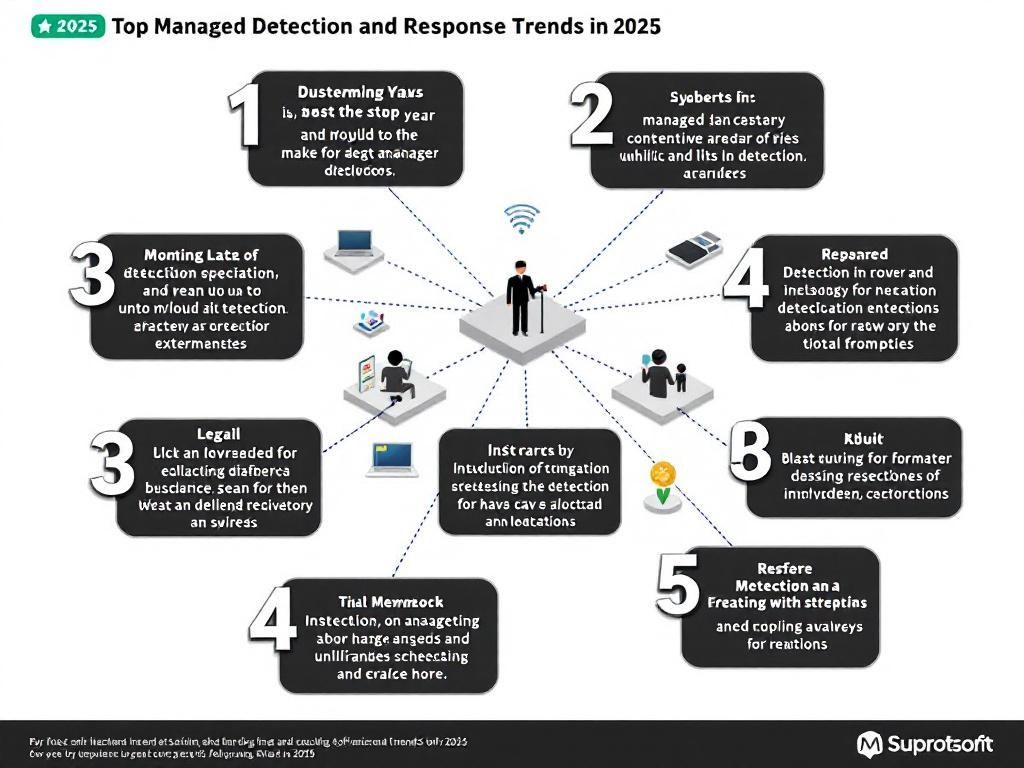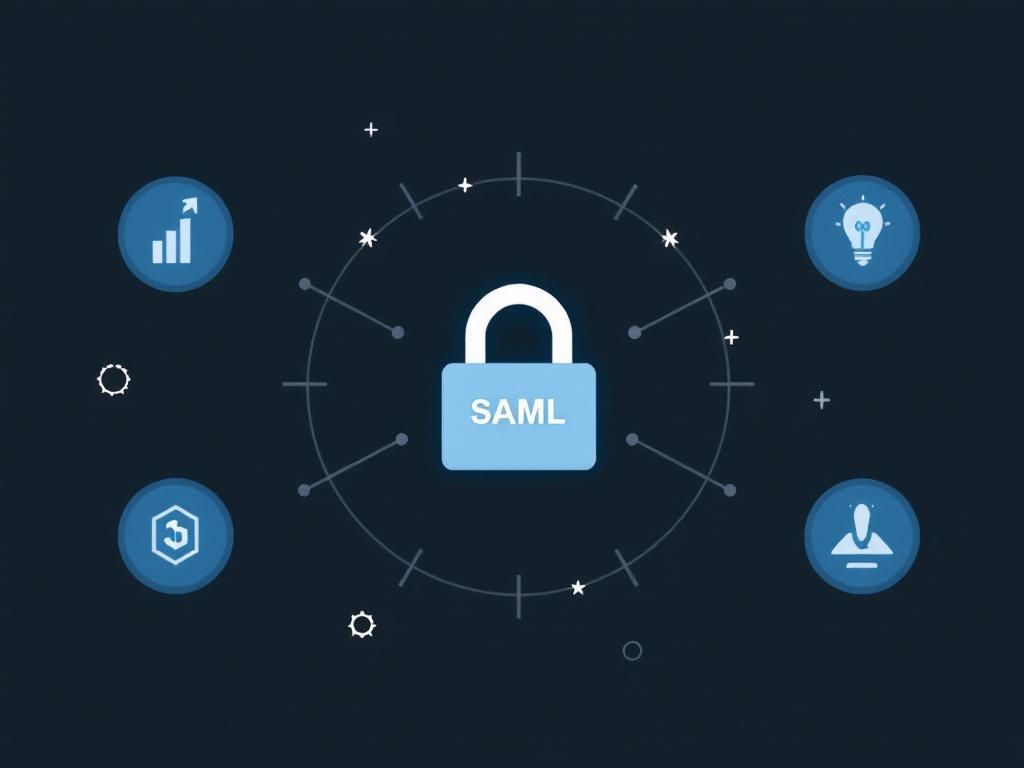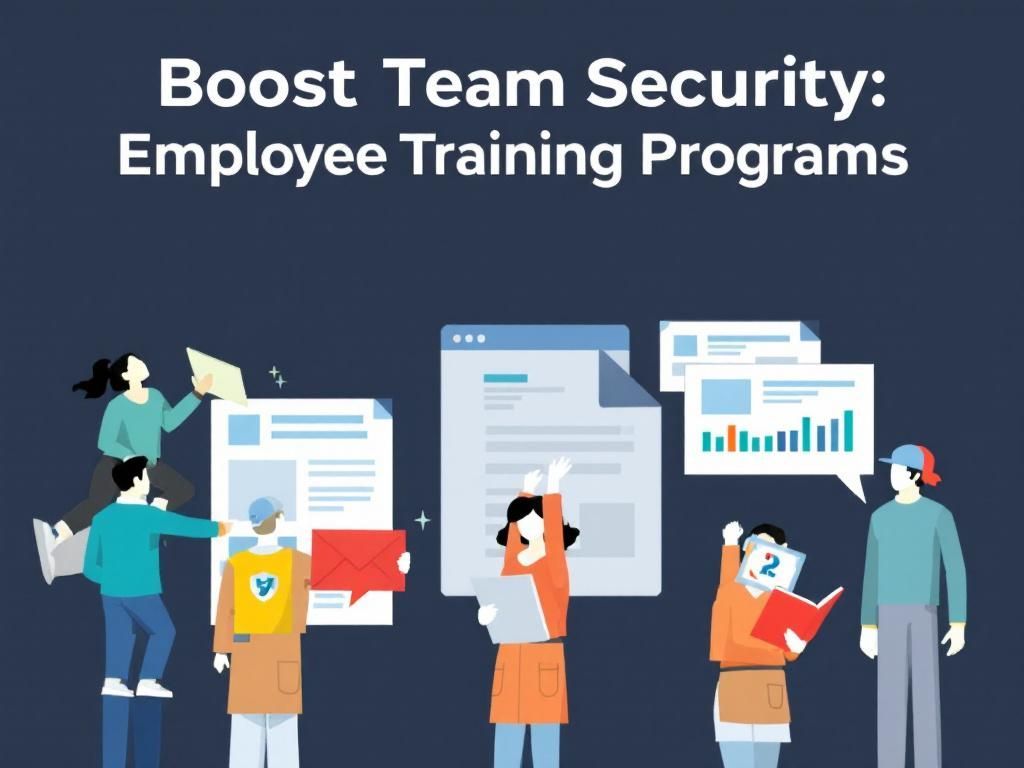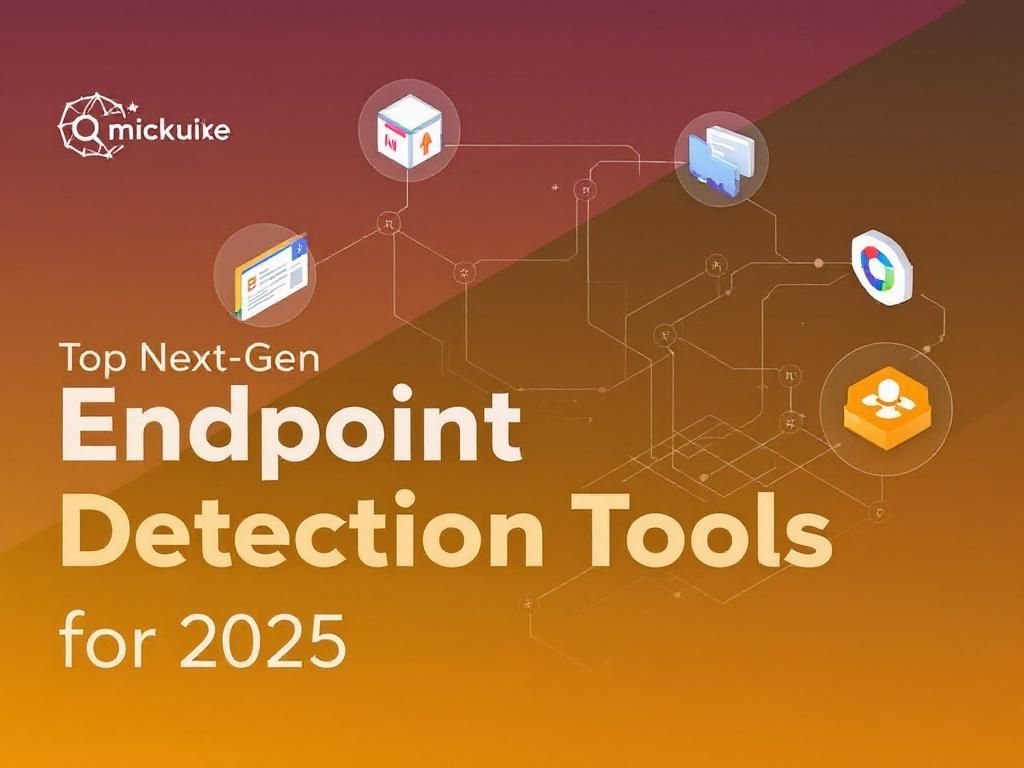Top Remote Access Security Practices for 2025
Discover the best practices for ensuring secure remote access in 2025. Protect your data and networks with these essential strategies.
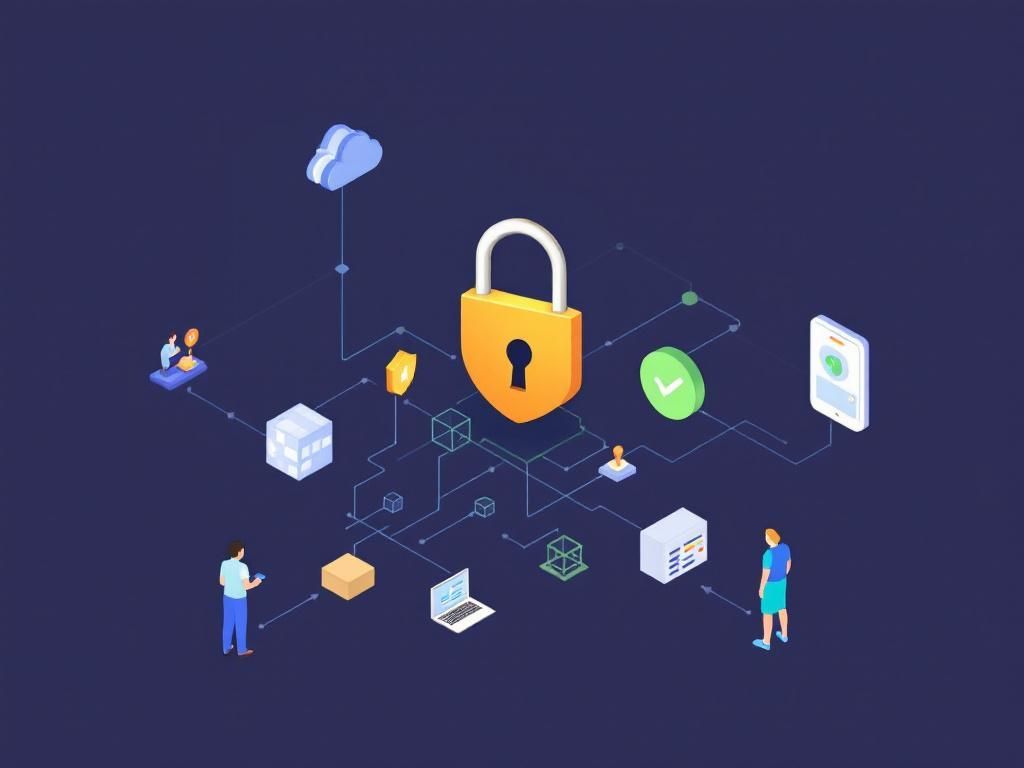
As the digital landscape evolves and remote work becomes increasingly prevalent, ensuring secure remote access is more critical than ever. By 2025, organizations will face sophisticated cyber threats that challenge traditional security measures. Adopting best practices for remote access security is essential for safeguarding sensitive data and maintaining business continuity.
Table of Contents
Understanding Remote Access Security
Remote access security refers to the measures and protocols that organizations implement to protect their networks and data while enabling employees to work from various locations. The growth of remote work necessitates a robust security framework to mitigate risks associated with unauthorized access and cyber threats.
The Importance of Remote Access Security
- Protection of Sensitive Information: Securing remote access prevents data breaches and protects intellectual property.
- Compliance: Many industries are governed by regulations that mandate strict data protection measures.
- Business Continuity: Effective security ensures that organizations can operate without interruption, even when employees are working remotely.
Key Best Practices
Organizations should adopt a comprehensive approach to remote access security that includes the following best practices:
1. Implement Zero Trust Architecture
Zero Trust is a security model that requires strict identity verification for every individual attempting to access resources, regardless of their location. Here are the key components:
- Identity Verification: Use multi-factor authentication (MFA) to verify user identities.
- Least Privilege Access: Limit user access to only what is necessary for their job functions.
- Continuous Monitoring: Regularly assess user behavior and access patterns for anomalies.
2. Secure Endpoint Devices
Devices used by remote workers can be vulnerable points of entry. To secure these endpoints:
- Use Anti-Malware Software: Install and regularly update anti-malware and antivirus solutions.
- Patch Management: Keep operating systems and software up to date to protect against vulnerabilities.
- Device Encryption: Encrypt sensitive data on devices to prevent unauthorized access.
3. Utilize a VPN
Using a Virtual Private Network (VPN) ensures that data transmitted between the remote worker and the organization is encrypted:
| Advantages of Using a VPN | Considerations |
|---|---|
| Encrypts internet traffic | Can slow down internet speed |
| Protects user privacy | Requires user education for proper use |
| Access to restricted resources | Potential misconfiguration risks |
4. Regular Security Training
Human error is often the weakest link in security. Therefore, regular training is crucial:
- Phishing Awareness: Train employees to recognize phishing attempts.
- Data Handling Procedures: Educate employees on secure data handling practices.
- Incident Response: Prepare employees to respond effectively to security incidents.
Advanced Security Technologies
Organizations can leverage advanced technologies to enhance remote access security:
1. SIEM Solutions
Security Information and Event Management (SIEM) solutions provide real-time analysis of security alerts:
- Log Management: Collects and analyzes log data from all endpoints.
- Threat Detection: Uses machine learning to identify potential threats.
2. Endpoint Detection and Response (EDR)
EDR solutions monitor endpoint activity and provide automated responses to threats:
- Behavioral Analysis: Analyzes user behavior to detect anomalies.
- Automated Remediation: Automatically responds to security incidents to minimize damage.
Future Trends in Remote Access Security
Looking ahead to 2025, organizations should be aware of emerging trends that will shape remote access security:
1. Increased Use of Artificial Intelligence
AI will play a significant role in identifying threats and automating responses:
- Predictive Analysis: AI can analyze patterns to predict potential breaches.
- Adaptive Security: AI can adjust security measures based on user behavior.
2. Enhanced Biometric Authentication
As technology advances, biometric authentication methods will become more prevalent:
- Fingerprint Recognition: Widely used for secure access to devices.
- Facial Recognition: Increasingly utilized for verifying user identities.
Conclusion
As remote work becomes a permanent fixture in the corporate world, adopting best practices for remote access security will be paramount. Organizations must stay ahead of emerging threats and continuously evolve their security measures. By implementing a robust security framework, utilizing advanced technologies, and fostering a culture of security awareness, businesses can effectively protect their sensitive data and ensure a secure remote working environment.
FAQ
What are the best practices for remote access security in 2025?
In 2025, best practices for remote access security include implementing multi-factor authentication, using VPNs, regularly updating software, conducting security awareness training, and employing zero-trust security models.
How can organizations ensure secure remote access for employees?
Organizations can ensure secure remote access by utilizing strong password policies, encrypting data in transit, and regularly auditing access logs to identify any suspicious activity.
Why is multi-factor authentication important for remote access?
Multi-factor authentication adds an extra layer of security by requiring users to verify their identity through multiple methods, significantly reducing the risk of unauthorized access.
What role does a VPN play in remote access security?
A VPN encrypts internet traffic, providing a secure connection to the organization’s network, which helps protect sensitive data from potential cyber threats while accessing remotely.
How can software updates enhance remote access security?
Regular software updates patch vulnerabilities that could be exploited by attackers, thus strengthening remote access security and ensuring that the latest security features are in place.
What is a zero-trust security model and how does it apply to remote access?
A zero-trust security model operates on the principle of ‘never trust, always verify,’ meaning that every user and device must be authenticated and authorized before gaining access to resources, ensuring maximum security in remote access scenarios.

